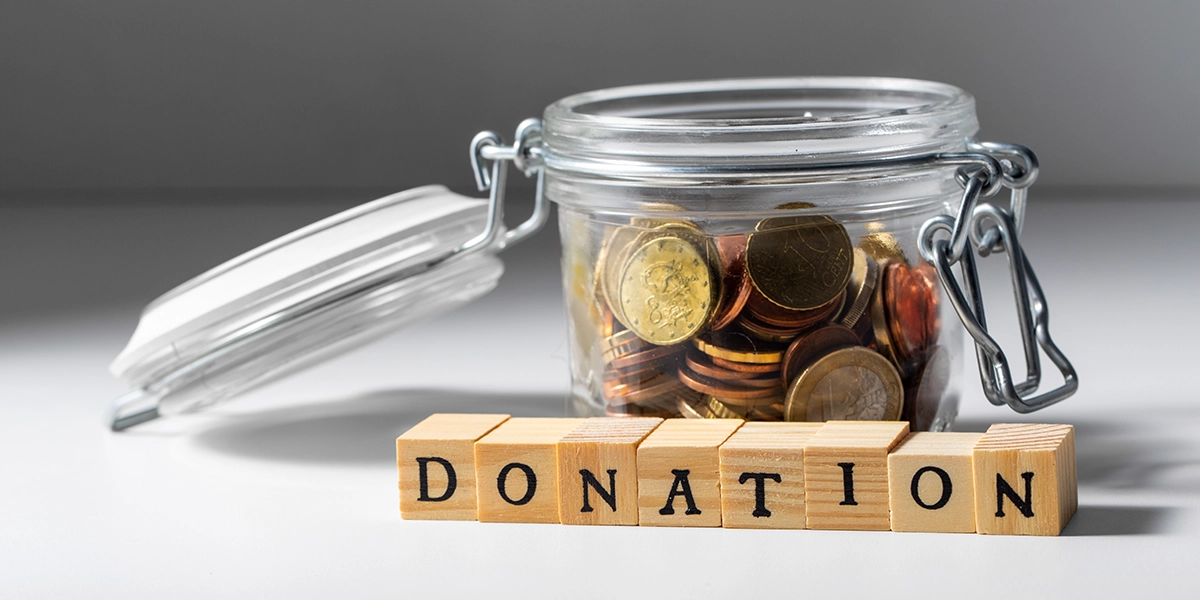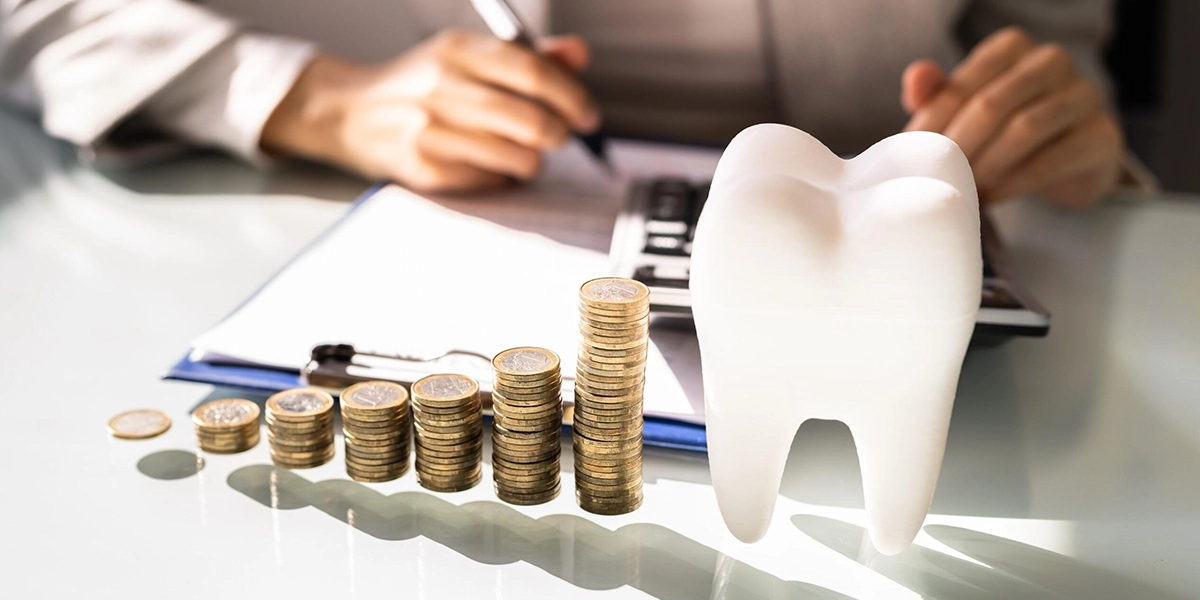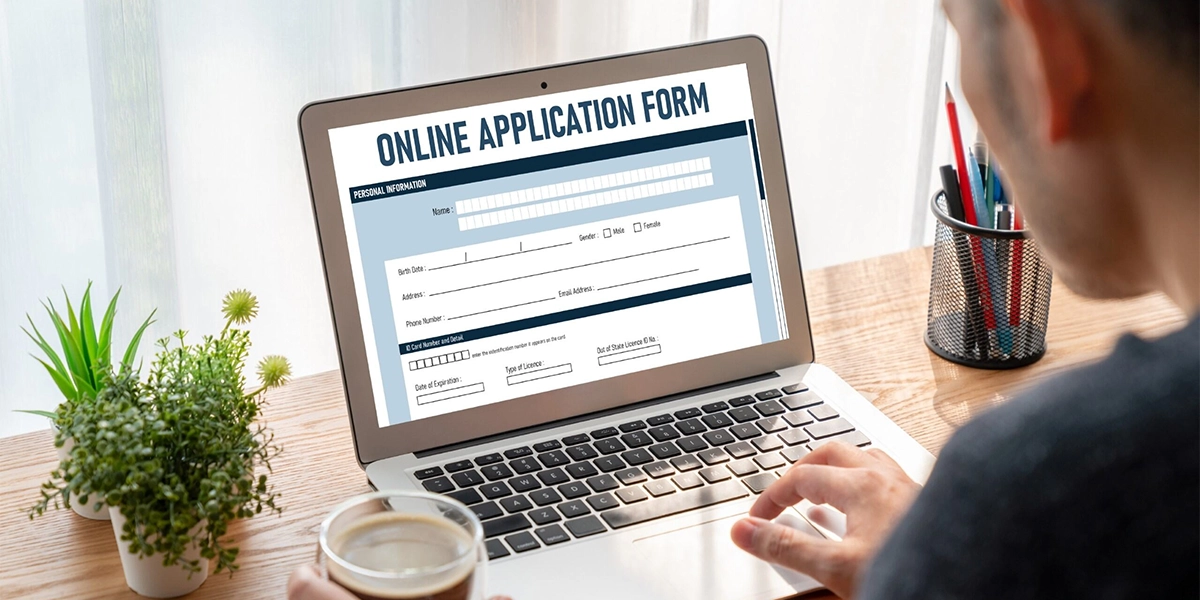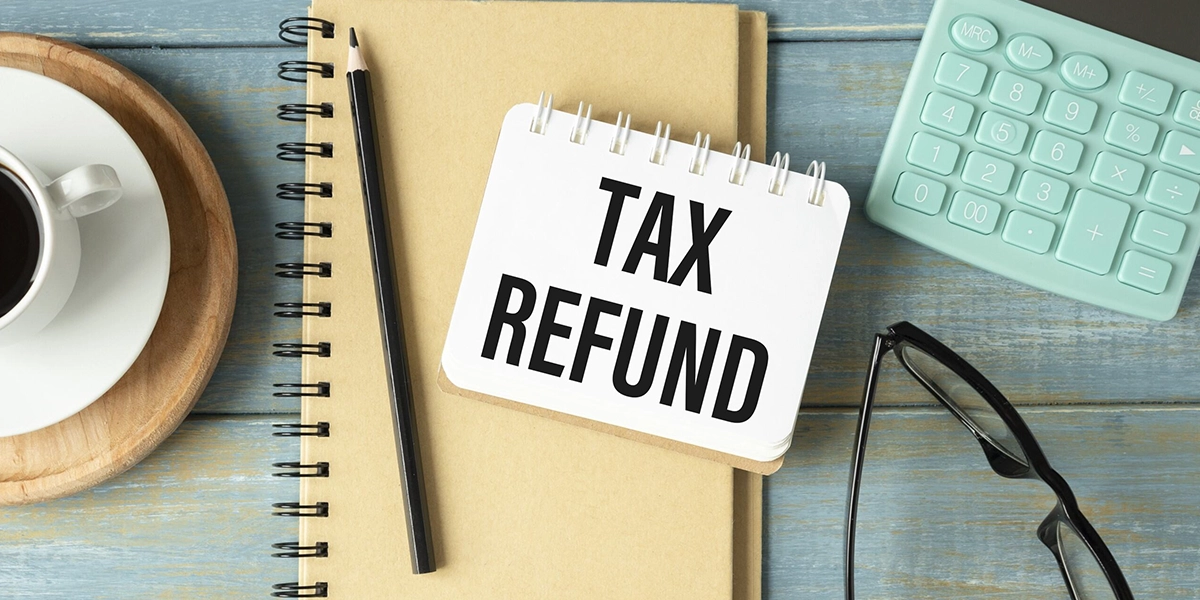Starting from April 2026, HMRC is rolling out its Making Tax Digital for Income Tax rules, a significant change affecting sole traders, landlords, and businesses across the UK. MTD aims to simplify tax reporting and reduce errors, but it will require some preparation. As experts in tax services, Apex Accountants is here to guide you through this transition and ensure compliance.
What is MTD for Income Tax?
Making Tax Digital for Income Tax is a major shift in how taxpayers report income and expenses to HMRC. Instead of submitting an annual Self-Assessment tax return, individuals and businesses will need to keep digital records and send regular updates to HMRC. This shift aims to improve accuracy, reduce errors, and make tax reporting more streamlined.
Who Will Be Affected by New Changes to Making Tax Digital (HMRC)?
Not everyone will be required to comply with MTD for Income Tax immediately. HMRC is phasing in these changes based on income thresholds:
- April 2026: If your combined gross income from self-employment and property exceeds £50,000 per year, you must comply.
- April 2027: The threshold drops to £30,000.
- April 2028: The threshold will drop again to £20,000.
It’s important to note that the thresholds are based on gross income—before any expenses or tax reliefs are deducted.
What Will Change?
With MTD, the way you report your income and expenses will change. Instead of filing a single tax return once a year, you’ll need to send regular quarterly updates to HMRC. These updates provide a snapshot of your finances, which helps HMRC track your tax position more accurately throughout the year.
- Quarterly Updates: You will send a digital summary of your income and expenses every quarter.
- Final Declaration: After the year ends, you will still file an annual declaration to make final adjustments for allowances and reliefs.
Key Requirements:
- You must use MTD-compatible software to record your income and expenses. Popular options include Xero, QuickBooks, and RentalBux.
- You can still use spreadsheets, but they must be linked to HMRC with “bridging software.”
Penalties and Compliance
HMRC will introduce a new penalty system, replacing fixed fines with a penalty point system. Each missed quarterly update will result in a penalty point, and after accumulating a certain number of points, you’ll face a financial penalty.
- Late Filing Penalties: If you miss a deadline, you’ll accumulate penalty points.
- Late Payment Charges: These charges are proportionate, meaning if you pay late, the penalty depends on how overdue your payment is.
Exemptions to MTD
While MTD will affect many taxpayers, there are exemptions:
- People with disabilities or old age may be granted exemptions if they cannot use digital tools.
- Geographic limitations such as poor internet connectivity could also qualify individuals for exemption.
- Trustees and some religious organisations will not need to comply.
How Apex Accountants Can Help You Navigate The Changes To Making Tax Digital For Income Tax
At Apex Accountants, we specialise in helping businesses and individuals navigate the complexities and changes to Making Tax Digital (HMRC). Here’s how we can support you:
- Software Setup & Integration: We can help you choose and set up MTD-compatible software tailored to your needs.
- Tax Planning & Advice: Our team offers tax planning strategies to ensure you’re well-prepared for quarterly reporting and that you maximise allowable tax relief.
- Ongoing Support: We provide regular check-ins and expert advice to make sure you’re staying compliant with MTD rules, especially as income thresholds change.
- Penalty Prevention: We’ll assist you in managing deadlines and avoiding penalties with timely quarterly updates and final declarations.
How to Prepare for Changes To MTD in 2026?
If you’re affected by the upcoming changes, here’s what you can do to get ready:
- Check your income: Ensure that you are aware of your income level, especially if you’re close to the £50,000 threshold.
- Choose software: Find MTD-compliant accounting software that works for your business or personal tax situation.
- Consider voluntary registration: Even if you’re not yet required to comply, voluntary registration can help you get comfortable with MTD early.
- Consult with a tax professional: Speak to Apex Accountants about the best software options, tax relief strategies, and compliance tips.
By partnering with Apex Accountants, you can ensure a smooth transition into the digital tax reporting system and take advantage of expert support every step of the way. Contact Apex Accountants today to prepare for the HMRC MTD changes in 2026!
FAQs Related To Making Tax Digital For Income Tax
1. What is the deadline for MTD for Income Tax?
The full roll-out begins in April 2026 for those with income above £50,000. The threshold gradually lowers over the coming years.
2. Will I be penalised if I miss a quarterly report?
Yes, you’ll accumulate penalty points for missed deadlines, which can result in financial penalties if not corrected.
3. What software is compatible with MTD?
HMRC-approved software includes Xero, QuickBooks, and RentalBux. Spreadsheets can be used but require bridging software.
4. What is Making Tax Digital for Self-Assessment?
Making Tax Digital (MTD) for Self-Assessment will require self-employed individuals and landlords to submit quarterly updates to HMRC instead of filing one annual tax return. This digital reporting aims to simplify the process and improve accuracy.
5. When Does MTD for Self-Assessment Start?
MTD for Self-Assessment begins in April 2026 for individuals with a combined gross income from self-employment and property above £50,000. The threshold will gradually decrease in the following years.
6. What is the New Digital Tax?
The new digital tax is part of HMRC’s initiative to move away from paper records and self-assessments. It introduces quarterly digital submissions and requires taxpayers to maintain digital records, using HMRC-approved software.
7. What is Making Tax Digital for Limited Companies?
Making Tax Digital for Limited Companies involves extending MTD to corporate tax filings. Limited companies will be required to use compatible software for submitting quarterly updates and annual tax returns. However, this may be phased in gradually, starting with larger businesses.
8. What is Making Tax Digital for Partnerships?
Making Tax Digital for Partnerships will apply similar rules as for self-employed individuals, requiring partnerships to maintain digital records and submit quarterly updates to HMRC. This change is expected to come after the initial roll-out for sole traders and landlords.
9. What is Making Tax Digital Qualifying Income?
Making Tax Digital Qualifying Income refers to income from self-employment or property that exceeds the income threshold set by HMRC for MTD. In 2026, this threshold starts at £50,000. The qualifying income is what determines whether a taxpayer must comply with MTD rules.
10. Who is Exempt from Making Tax Digital?
Certain individuals may be exempt from MTD if they are unable to use digital tools due to age, disability, or living in areas with poor internet access. Additionally, some trusts, charities, and religious organisations may be exempt.
11. Is Making Tax Digital Going to Happen?
Yes, Making Tax Digital (MTD) is already being rolled out in phases. The government is committed to bringing the tax system fully into the digital age, with MTD for Income Tax set to start in April 2026 for those with qualifying income above £50,000.








